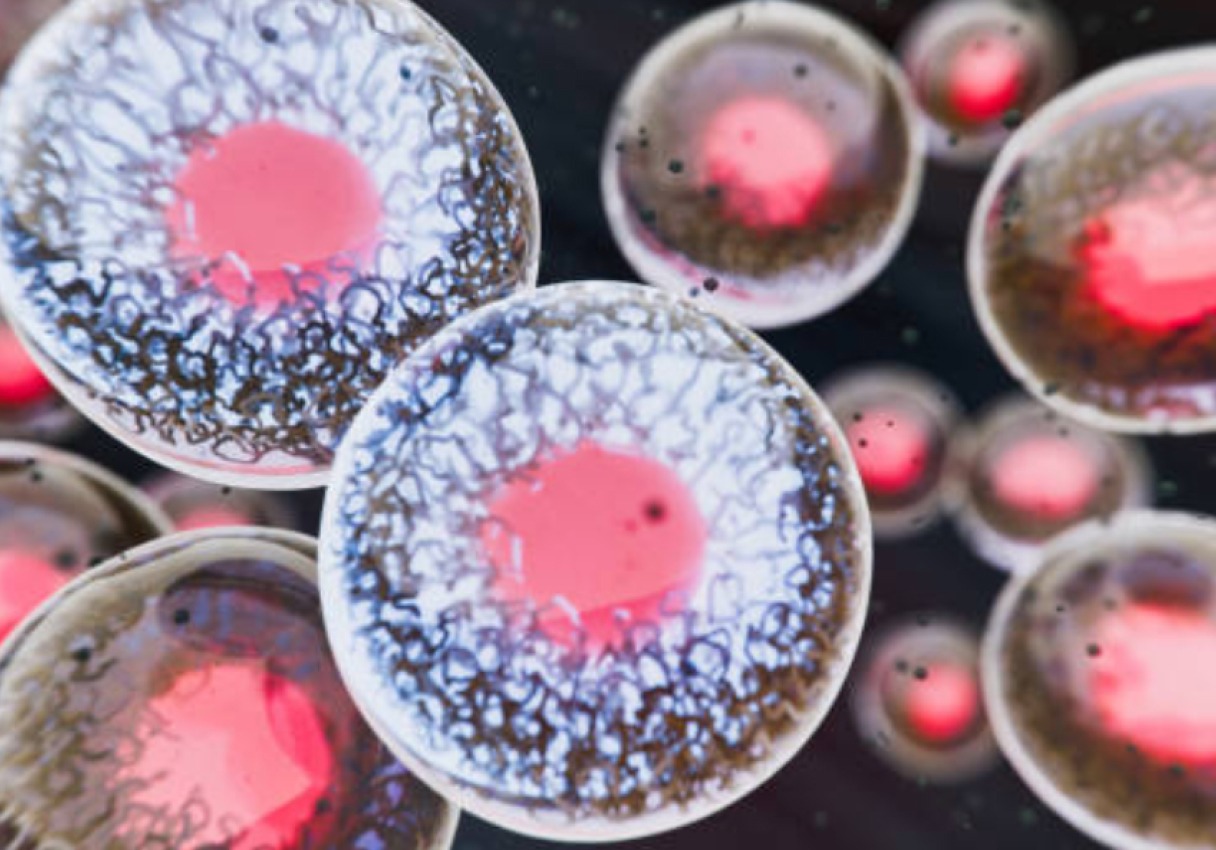Bone marrow transplants
What is bone marrow and how does it work?
Bone marrow is the soft, spongy tissue found inside certain bones in your body, such as your hip and thigh bones. It plays a critical role in your overall health by producing the blood stem cells your body needs to survive and function.
The blood stem cells produced by bone marrow become:
- Red Blood Cells that carry oxygen from the lungs to the body’s tissues and carbon dioxide back to the lungs to be exhaled
- White Blood Cells that are a critical part of your immune system that fight infections in your body.
- Platelets that help your blood to clot and stop bleeding.
When the bone marrow is damaged or fails to function properly, the body’s ability to produce these essential cells is compromised. This is where bone marrow transplants can help.

What is a bone marrow transplant?
A bone marrow transplant is a critical treatment option for patients with serious blood cancers or blood disorders. A stem cell transplant and a bone marrow transplant are similar, but not identical. Both involve transplanting blood-forming stem cells to treat a disease, but they differ primarily in the source of the stem cells.
A bone marrow transplant involves replacing unhealthy or damaged bone marrow with healthy marrow from a donor, and is typically extracted from the donor’s hip bones under general anesthetic. The transplanted bone marrow begins producing new blood stem cells in the patient, helping to restore the body’s ability to generate healthy cells, strengthen the immune system, and fight the underlying disease.
As with stem cell transplants, there are two main types of bone marrow transplants:
- An Autologous Transplant which uses the patient’s own bone marrow. It is collected, stored, and reinfused after high doses of chemotherapy. This approach is commonly used for certain types of cancers.
- Allogeneic Transplant: Uses bone marrow from a donor, either a relative or an unrelated match from the donor registry (that’s us!). The donor’s healthy cells can replace the patient’s damaged cells, and as some of the donor’s immune system is also transplanted, it can help target the remaining disease.
Both methods rely on the same fundamental principle: replacing damaged or diseased cells with healthy ones. The choice of transplant depends on factors such as the type of blood cancer or disorder, the patient’s age, overall health, and, for allogeneic transplants, the availability of a matching donor.
Bone marrow transplants can be a life-saving option for patients, offering the possibility of long-term recovery and improved quality of life.
The Role of Donors
For allogeneic transplants, finding a donor with a compatible tissue type is crucial. While family members are often the first choice, most patients rely on unrelated donors from registries like Stem Cell Donors Australia. Your decision to join the registry could save a life.
The Transplant Process
The process typically involves three stages:
- Conditioning Therapy: The patient undergoes chemotherapy or radiation to eliminate diseased cells.
- Transplant: Healthy stem cells are infused into the patient’s bloodstream, where they migrate to the bone marrow and begin producing healthy cells.
- Recovery: The new cells grow and restore the patient’s blood and immune system.
The Impact of Bone Marrow Transplants
A successful transplant can cure diseases, improve quality of life, and provide patients with a second chance. However, this complex process is not without challenges, including finding a compatible donor, the risk of complications, and the physical and emotional toll on patients and their families.